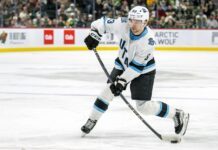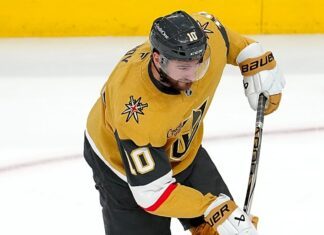This latest edition of Stick Work with Fab&Kats, features the co-hosts, expanding on the winning means nothing blog in an expanded forum.
Fab and I pick our Torontosaurus Rex. Fab goes the conventional route, while I pick a defenseman … It’s an abreviated, yet content-rich edition.
StickWork
Download (right-click to save-as)
***************
I’ll be posting at FAN590 and Prime Time Sports personality, Bob McCown’s site Fadoo.ca moving forward in addition to MLHS.
My first post consisted of more point system analysis, looking at how post-expansion increases in tied games precipitated the implementation of overtime in the early 1980’s. It needed tweaking once again and then once again in the late 1990’s, and then fully eliminated with the final implementation of the shootout.
McCown, now blogging on the Hockey News, is a proponent of eliminating shootouts.
This is always a hot topic, and I’ve covered point systems here, and here.
Some quick info:
From expansion in 1967-68 to 1982-83 teams played 60 minutes. Tied games during that span increased from 76 games (17.12%) to 165 at its peak in 1980-81.
Combatting the rise, the NHL introduced overtime in 1983-84, motivating teams to go for the win.
The introduction of overtime decreased the amount of ties to a low of 79 in 1985-86, with 21 NHL teams, dipping to the lowest post-expansion percentage of 9.4%.
The NHL would implement three measures to reduce, then eliminate tied games, with the resultant birth of the loser point.
Overtime in 1983-84
Changes to the point system giving teams a guaranteed point if tied at the end of regulation, and introduction of four-on-four overtime
Implementation of shootouts post lockout.
Expansion in the 1990’s (excluding lockout shortened 1994-95) further increased actual amount of tied games, but remained consistent percentage-wise.
The amount of games entering overtime – banking the guaranteed point – skyrocketed.
In 1983-84, 16.67% of games were tied after 60 minutes and went into overtime. By 1991-92, the percentage had climbed to almost 20, and blowing up to over 26% in 1992-93, only to creep further towards 30% of games by 1998.






























